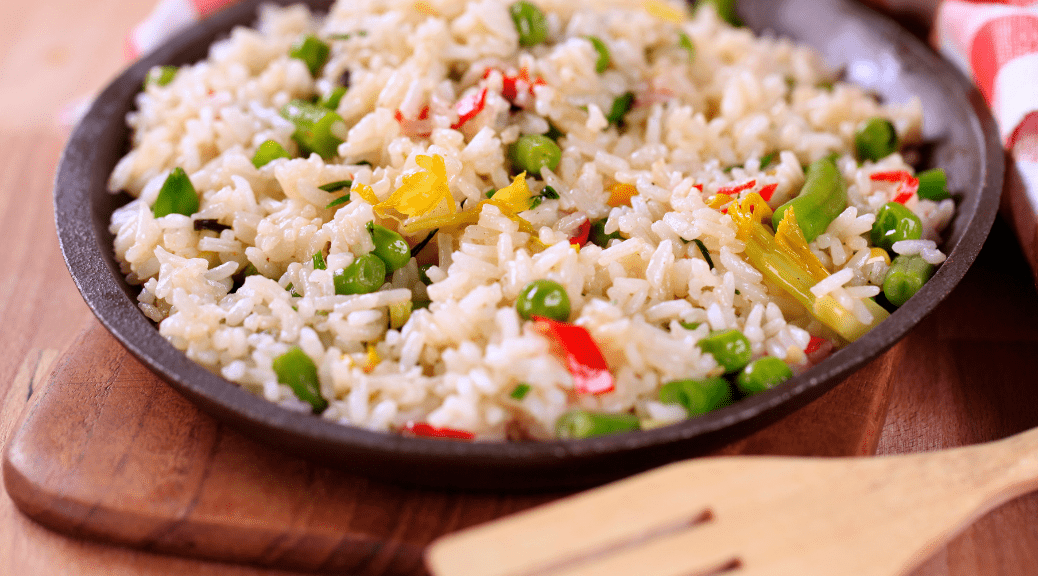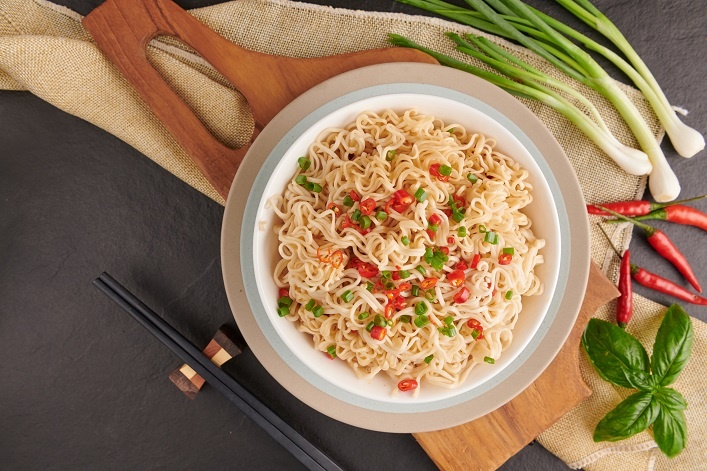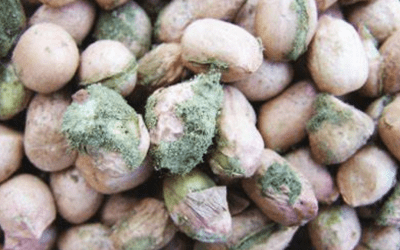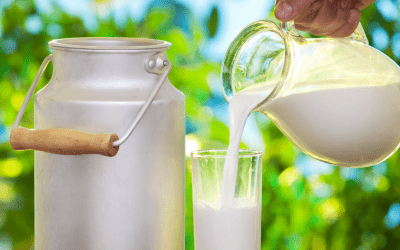In India, owning a vehicle, whether it's a car or a two-wheeler, is a common aspiration. However, not everyone has the immediate financial means to...
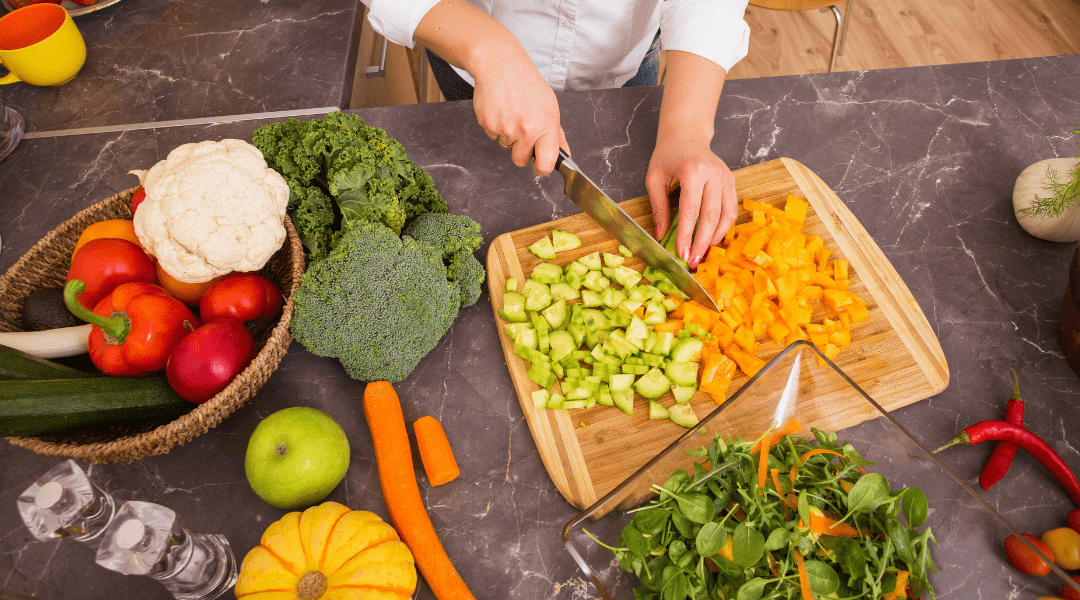
Tips to keeping the nutritive essence intact in your food
Tips to keeping the nutritive essence intact in your food

The nutritional content of a meal is determined not only by the ingredients but also by the method how it is prepared. For example, while preparing rice when we discard the starch, we also drain out Vitamin B present in rice, a water-soluble vitamin which we need to consume daily. Likewise, adding lemon to food preparations while cooking them might enhance the flavor of the recipe but it destroys Vitamin C in lemon juice, which is heat sensitive. Vitamin C too is a water-soluble vitamin we need to take daily and has a lot of beneficial effects including enhancement of iron absorption. So, it is a better idea to add lemon juice to the recipes after cooking them and when they have cooled down. In this article, we bring to you some similar cooking and handling tips that can help to retain the nutritive essence of the food items you prepare, which can ultimately have beneficial effects on your health.
Cooking food makes it more palatable and kills harmful pathogens that could be present in raw food. Cooking does not only change the appearance and texture of the food but also the nutrients present in it. Simple processes like washing and peeling fruits and vegetables remove dirt and microbes from them but also reduce the fiber content of the food, which has many beneficial effects. Cooking methods such as boiling, steaming, pressure cooking, frying, roasting and baking increase the acceptability and palatability of the food but heat sensitive vitamins are destroyed during these cooking processes. It is almost impossible to retain all the nutrients in food items. Nutrients are lost during the harvest, transport, storage, and cooking. But there are ways to minimize the nutrient loss from food after we purchase them. Let us understand how-
A. Tips to retain the nutrients before cooking them –
- Use those food items that were procured first. Arrange the refrigerator shelf in this manner- previously procured fruits and veggies ahead or on top of newly procured fruits and veggies. This way you will pick the older ones when using them.
- Prefer peeling the vegetables after cooking them whenever it is possible. For Example- like potato and brinjal. This prevents the nutrient loss.
- Store food containing fats such as ghee, edible oils, butter, nuts, etc. in cool and dark place. Poly Unsaturated Fats are susceptible to oxidation and can become rancid. Once opened, they must be consumed in few days and must be kept in air-tight containers.
- Keep fresh fruits and vegetables, dairy products, juices, and milkshakes away from light as they have nutrients liable to spoilage from light. Use opaque containers and paper packaging or bee wax food wraps to do so.
- Do not store cut fruits and vegetables for long. This causes nutrition loss. If you prefer storing cut vegetables and fruits, use NutriLock Bags for storing them.
NutriLock Bags
These days Nutrilock bags are available in the market. It follows the principle of vacuum packaging. In vacuumed condition, in absence of oxygen, fruits and vegetables can be stored for longer time as there is no enzymatic or minimum enzymatic reaction that can occur (the one you see in apples). It helps to retain natural color of fruits and vegetables and off odor development is minimal. Also, the respiration rate is low which provides longer shelf life to foods.
What are bee wax food wraps?
Beeswax food wraps are reusable and sustainable alternative to single-use plastic wraps. They are considered environment-friendly compared to plastic wraps and aluminum foils. Bee wax wraps are breathable and help to store food by keeping it fresh and thus reducing food wastage. They can also be used to cover a container. Recently, research work published in the Journal of Microbiology, Biotechnology and Food Sciences suggests that beeswax food wraps are also helpful in prevention of microbial contamination in foods and prevent food spoilage. Compared to single-use plastics, they require maintenance, and are required to be cleaned properly after each use. Beeswax wraps are not seal-tight, very but are wonderful to stock leftover cut fruits and vegetables like- cabbage, melons, etc.
B. Tips to retain the nutrients while cooking the food –
- Waterless cooking, steaming, pressure cooking stir-frying and microwaving are some cooking methods that have found to be most efficient cooking methods in terms of nutrient retention.
- Prefer steaming over boiling fruits and vegetables.
- Use as little water as possible when boiling the food. Cook vegetables in smaller amounts of water to reduce the loss of vitamin C and B vitamins. This way you minimize the loss of water -soluble nutrients. Liquids left in the pan after cooking vegetables should not be discarded. Rather it should be added to the recipe. This way you are adding the nutrients back in the recipe.
- Do not use baking soda while cooking vegetables. It is used in some households to maintain color of the vegetables but can cause Vitamin C & some B Complex Vitamins loss.
- Whenever possible, food must be cooked in covered utensils to prevent loss of nutrients. This way you also save cooking fuel.
- Cooking methods such as germination enhances the bioavailability of Vitamin C and B-complex Vitamins. Consumption of pulses in this form is easier to digest as it reduces the protein inhibitors and other factors that inhibits digestion of pulses and causes flatulence. Germination also increases dietary fiber content and enhances the bioavailability of vitamins.
- Shallow frying requires lesser oil hence it must be preferred over deep frying as the calories of a food product can be directly reduced by practicing this method.
- Frying involves cooking food in oils at very high temperatures which leads to creation of trans fats and polar compounds in them. Repeated heating of oils leads to formation of toxic compounds in the oil which have an adverse effect on health. Hence the oil must not be reheated more than 2-3 times.
- Microwaves are used to reheat the food items, but it is important to mix the food properly during reheating so that all the microbes, if any, present in the food can be destroyed.
- For individuals who seek convenience, cut fruits/cut vegetables packed in NutriLock packaging which are in trend these days. Frozen vegetables too can be thawed and steamed and be consumed with minimal nutrient loss.
- Use spices to replace salt in your recipes. To make your recipes a little healthier, use this simple trick. This can help to cut our salt consumption as recommended by WHO for Indians. You can use low-sodium salts as well but make sure not to add more quantities of it compared to the regular salt that you use for cooking.
Preparing meals with some herbs and spices can add color, aroma and taste to our recipes without adding much salt and oil.
Dried mixture of herbs like oregano and parsley, dried mustard leaves, dried fenugreek leaves, and dried fruits and vegetables like dried tomatoes, dried raw mango, dried chilies, etc. can help you add taste to the recipes.
How to remove pesticides from your fruits and vegetables if you do not wish to peel your fruits and vegetables for nutrient retention?
Majority of the pesticide residues (about 75-80%) could be removed by washing the fruits and vegetables in cold water properly. You can further wash them in 2% salt water to remove the pesticide residue.
How to prepare 2% salt water?
- Take a 1 litre water bottle. Fill it up with water.
- Add 4 levelled teaspoon of salt in this 1 litre of water.
- 2% salt water is now ready.
- Wash your fruits and vegetable in this water.
C. Storage tips to maximise nutrition retention in cooked foods-
- Refrigerate prepared food leftovers as quickly as it is possible, preferably within 2 hours and consume them within 2-3 days.
- Try to eat cooked vegetables and recipes containing fruits and vegetables within a day or two, as their vitamin content may continue to decline when the cooked food is exposed to air.
- Be mindful to keep raw foods and cooked foods separately in the refrigerator. Bacteria from raw food can contaminate cold cooked food and can cause food spoilage and food diseases.
To sum up, as we have seen, choosing a cooking method is as important as other food choices we make to be healthy. Cooking practices can both enhance and decrease the nutritive value of the food items. It’s up to us to make the most of the food we prepare and eat and retain its nutritive essence.




